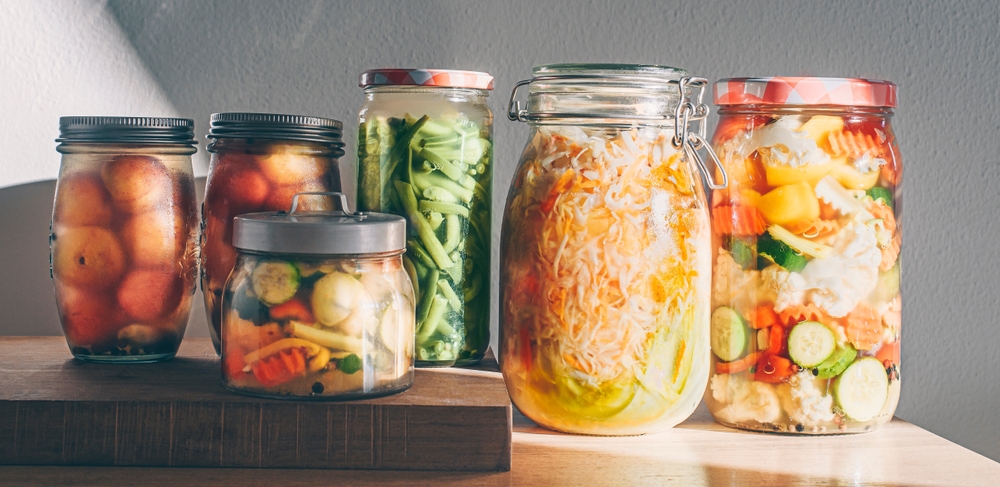How to balance spice and acidity for more vibrant plates
Balancing heat and tang transforms simple dishes into memorable plates. This article outlines practical approaches to harmonize spice and acidity through recipes, cooking techniques, and smart ingredient swaps. Whether you’re meal prepping or cooking for guests, these ideas help you create brighter, well-rounded flavors.

Balancing spice and acidity is a practical way to make food feel fresher, brighter, and more satisfying. Heat and tang play off each other: acidity can sharpen flavors and tame some spicy notes, while spice can add warmth that highlights acidic elements. This article explores techniques you can use in the kitchen and at the table—covering recipes, meal prepping tips, seasonality, pairings, fermentation, and thoughtful ingredient swaps—to help you design plates with clearer, more vibrant flavors.
recipes and balancing spice with acidity
In recipes, timing and layering matter. Start by building a flavor base—onions, garlic, and gentle sautéed aromatics—then introduce spices early to develop complexity. Add acidic components such as citrus juice, vinegar, or tomatoes near the end to preserve brightness; prolonged cooking can dull fresh acidity. For fast dishes, finish with a small splash of acid and a sprinkle of fresh herbs. A simple template: roast root vegetables with cumin and smoked paprika, then finish with lemon zest and a yogurt drizzle to maintain heat while adding a bright counterpoint.
meal prep strategies for steady flavors
When meal prepping, balance is about predictability and flexibility. Cook with modest spice levels and pack acidic elements separately—dressings, pickles, or citrus wedges—so each portion can be adjusted at serving. Acid can concentrate during refrigeration, so store acidic condiments undiluted and add them after reheating. For plant-based meal preps, include fermented condiments or quick pickles in separate containers; they act as portable acidity boosters that refresh grains, bowls, or salads without overwhelming the prepared components.
cooking techniques to temper heat
Different approaches will soften or accentuate heat depending on the goal. Gently toasting whole spices mellows bitter edges; blooming ground spices in oil deepens their flavor. Dairy, coconut milk, or nut purées round capsaicin’s burn, while starchy elements like rice or potatoes provide buffering texture. If a dish becomes too spicy, counter with a spoonful of acid, a touch of natural sweetener, or a dairy-based element. Conversely, if acidity feels too sharp, introduce a warming spice or a drizzle of oil to add richness and balance without masking freshness.
seasonality and sustainable ingredient choices
Seasonal produce changes how spice and acidity interact. Ripe summer tomatoes or in-season citrus offer more integrated sweetness and acidity, reducing the need for added sugar or heavy seasoning. Choosing local and seasonal ingredients supports sustainability and often yields a more nuanced flavor profile that pairs more easily with modest acidity and spice. When ingredients are at peak freshness, you can rely on their natural balance rather than compensating with strong spice or vinegar, which also lowers waste and energy use in the kitchen.
pairings that highlight acidity and spice
Effective pairings contrast and complement: bright acids cut through fatty proteins, while spicy notes accentuate roasted or charred flavors. Use vinegars (rice, sherry, apple cider), citrus (lime, lemon, orange), and fermented components (chutneys, relishes) to create layers. Match spice profiles to the main ingredient—for example, coriander and lime with grilled fish, or smoked paprika and sherry vinegar with roasted vegetables. Thoughtful pairings help each component stand out and provide a balanced palate where neither acid nor spice overwhelms the dish.
fermentation and plant-based swaps for depth
Fermentation offers concentrated acidity and savory depth that pairs well with spicy elements. Quick ferments—pickled onions, kimchi, or a cultured yogurt dressing—introduce tang and umami while refreshing the palate between bites. Ingredient swaps like using miso or tamari can deepen savory notes so acidity and spice remain prominent without flattening the dish. In plant-based cooking, toasted seeds, nut butters, and fermented sauces add richness and texture, allowing bright acids to play a supporting role and improving nutrition through diverse food sources.
This article is for informational purposes only and should not be considered medical advice. Please consult a qualified healthcare professional for personalized guidance and treatment.
Balancing spice and acidity is largely an exercise in tasting and adjusting. Start with modest amounts, layer flavors as you cook, and reserve acidic or highly spicy elements to finish at the table. By using seasonal produce, mindful cooking techniques, and simple ingredient swaps, you can create plates that feel vivid, balanced, and more satisfying across a wide range of recipes and dining occasions.





